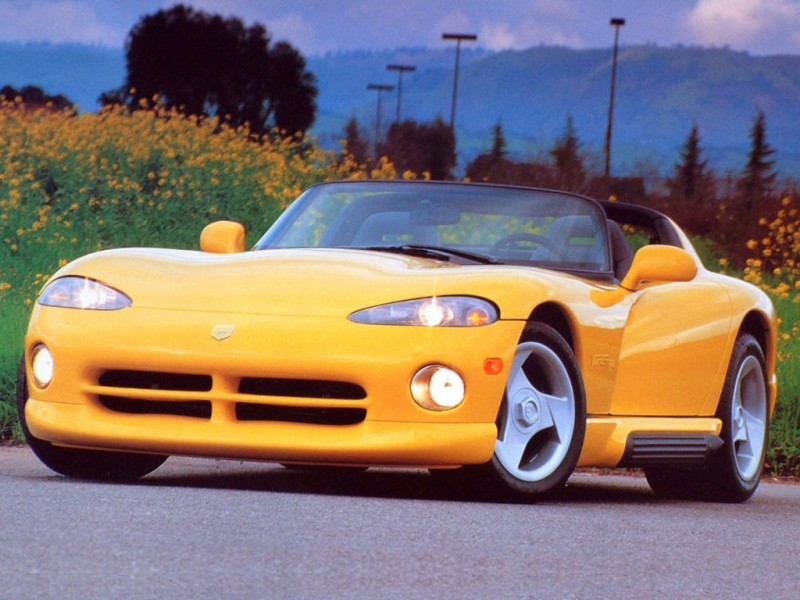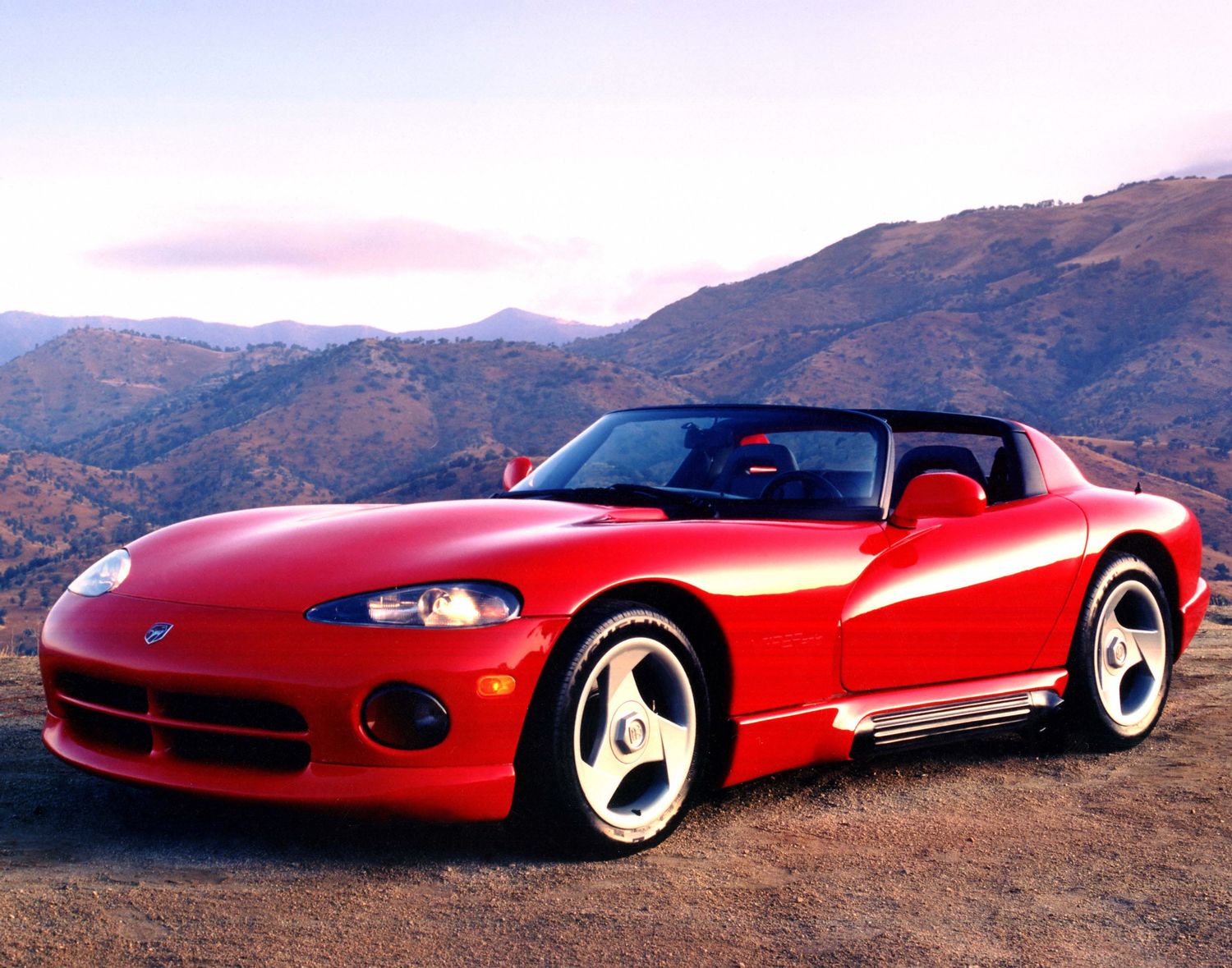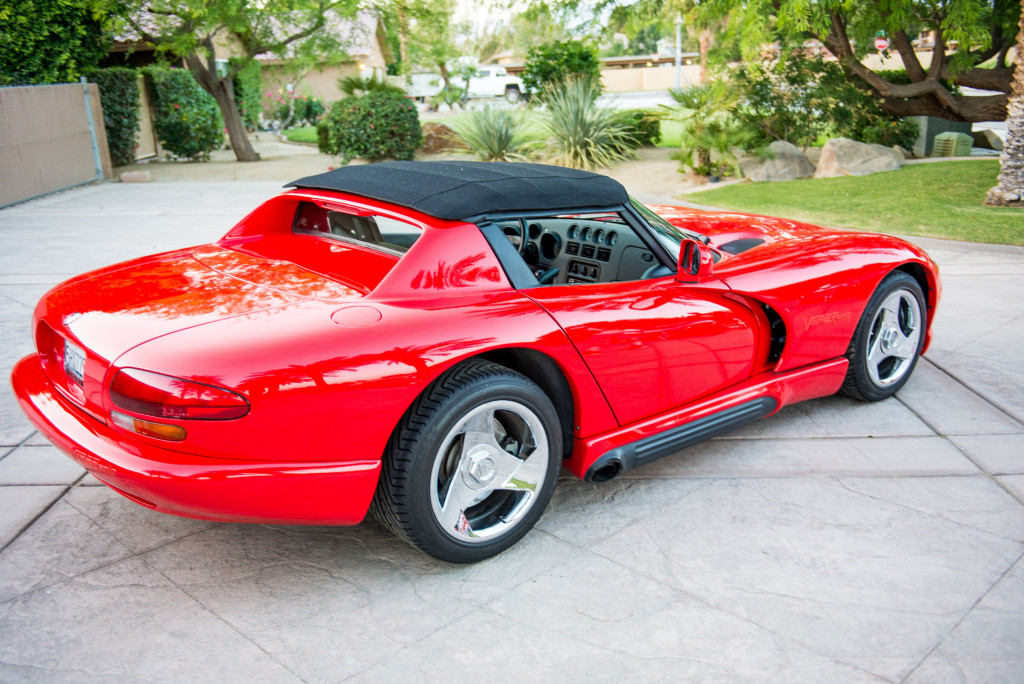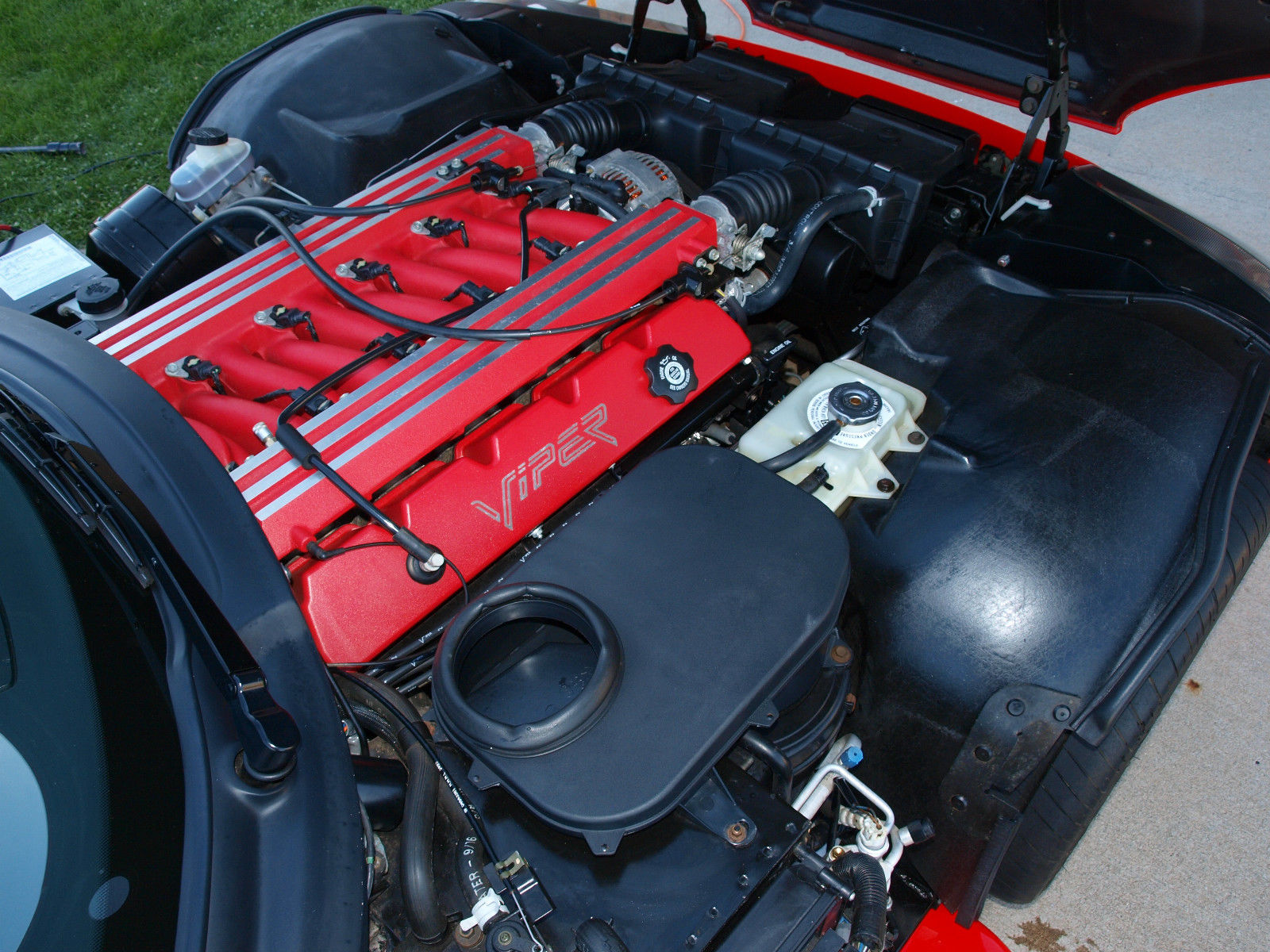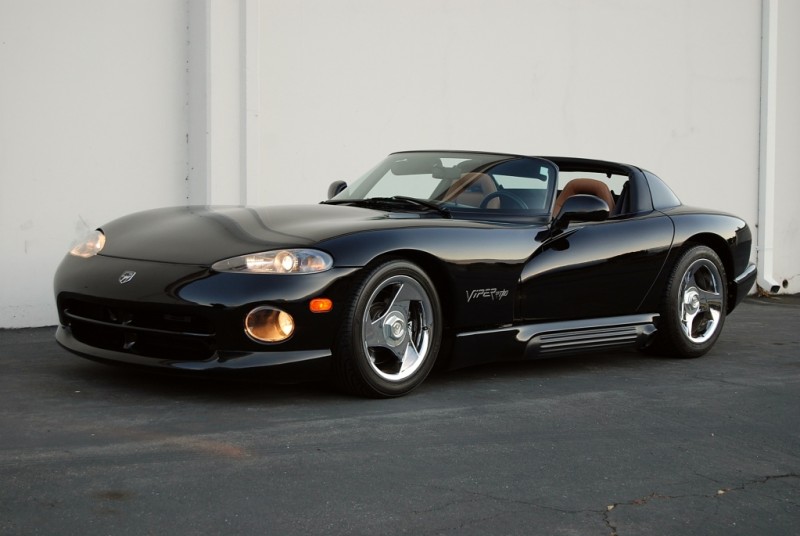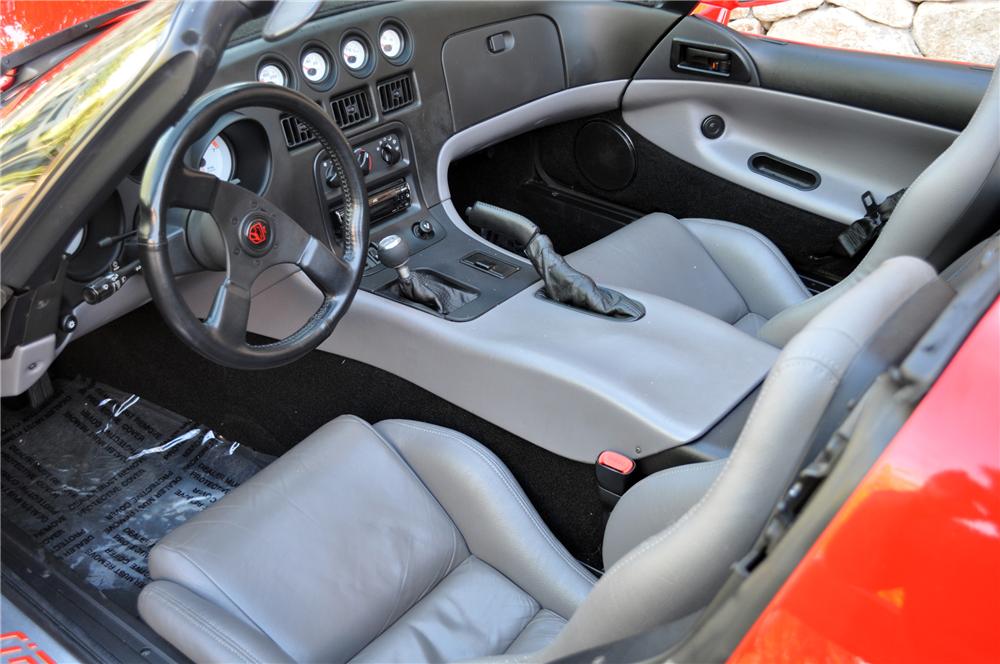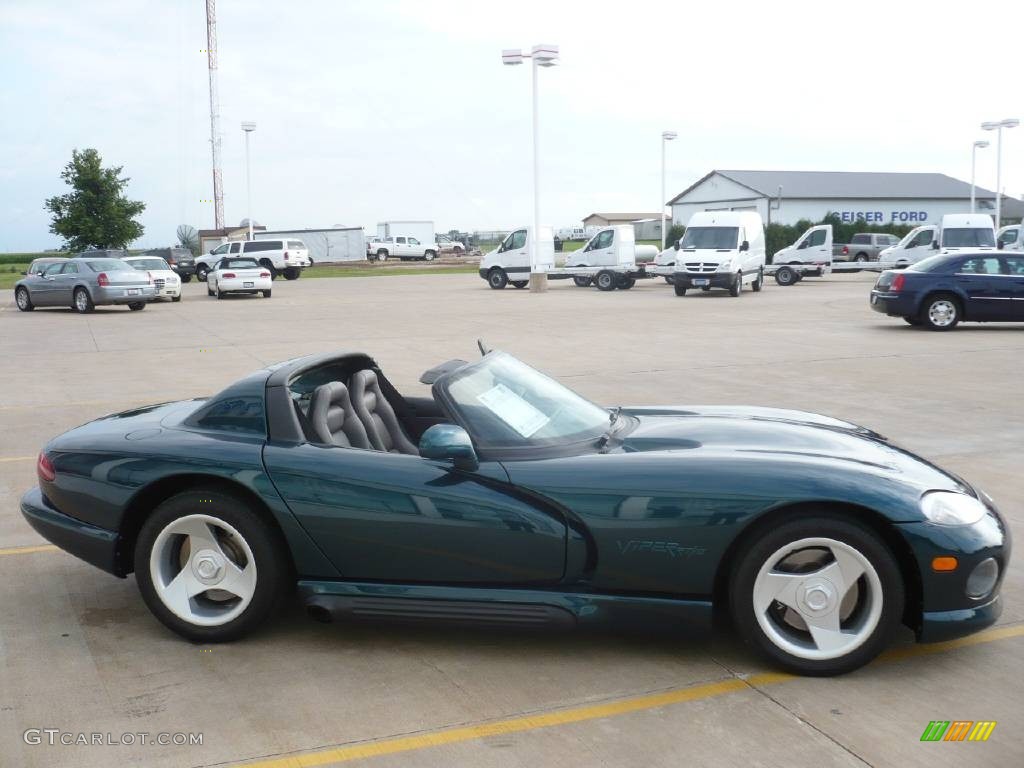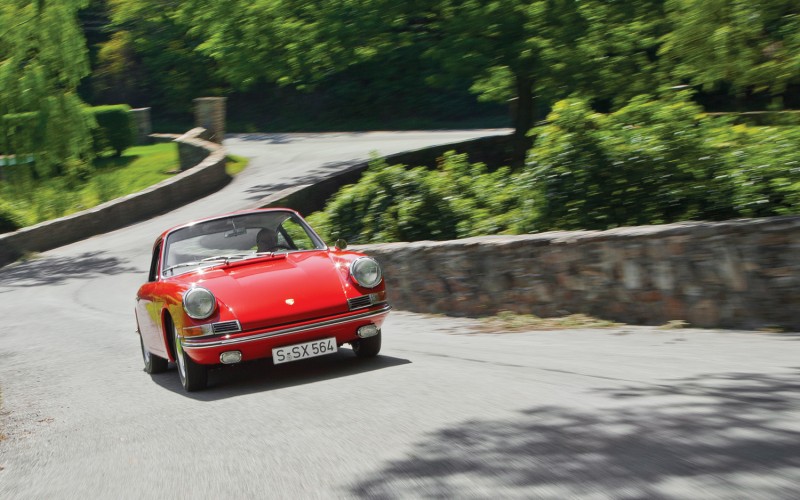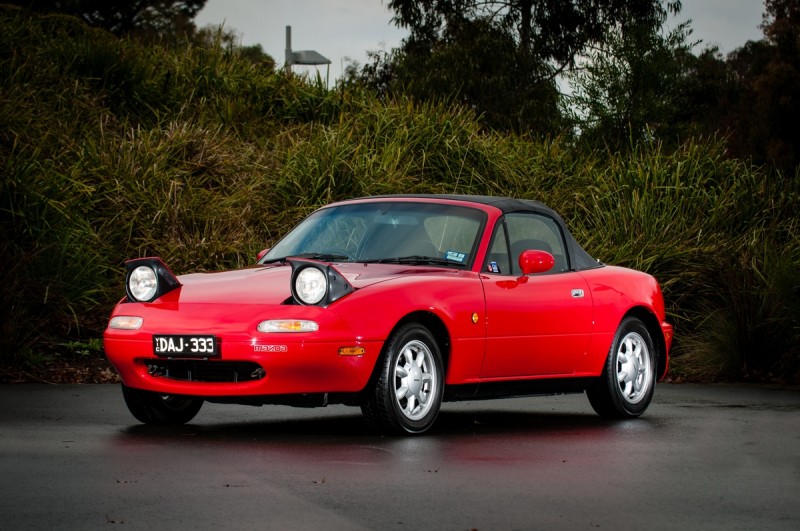Sultry styling, a happy amount of horsepower, and small curb weight are the right recipe for a proper sports car. Now dial each of those to eleven and you have the lethal list of ingredients Dodge used for its first Vipers. Concocted under the watchful eye of an American motorsport legend, the original snake was like the hotrod racers he built his name upon in every facet. A lawless vehicle capable of thriving in ungovernable anarchy.
Supercar Luddite
The legacy of the Viper launches off the line in 1988 when Bob Lutz pressed upon some of his peers to add a little more life into Chrysler’s line-up. Chrysler’s design studios went to their work. Their goal was to bring about a modern interpretation of Carol Shelby’s original 427 Cobra – a hard, fast, brutal machine. A machine where only a driver’s skill kept them safe. This is the recipe they planned on using to concoct the sports car scalpel that would transform into the Viper.
From conception, the car was designed around this mechanical and metal ethos. Driver aids, such as traction control, stability management, and all-wheel drive were ruled out. There would be absolutely no interference from the road to the driver as to what was transpiring beneath them. Even an anti-lock braking system was estranged from the new Viper for more pure performance.
All of these omissions lead to a car that was, as planned, difficult to control. This challenge was not just resulting from a lack of electronic aids but the short wheelbase, immense power, and stiff suspension. It came to be known as a car that was less forgiving than a particular Star Wars Emperor.
Shedding the Pounds
Coupled with this extreme dedication to building a car devoid of luxurious appointments, designers take drastic liberties with the Viper to save weight. A tubular steel frame was developed specifically to make the vehicle extremely rigid. Helping to shed even more unwanted weight from the Viper, unique fiberglass body panels were also made. All of this combined to make this snake sprightly at a relatively lightweight(3,284 lbs.
Some Engine Expertise
To power this new Dodge, engineers looked to take another page from Carol Shelby’s 427 Cobra book. Specifically by taking a massive engine from another vehicle, putting it into their chassis, and then letting it loose. Sourcing a V-10 motor from a newly designed truck line-up Dodge found the perfect, outrageous power plant to go with their scandalous sports car. They then asked subsidiary Lamborghini to assist them by taking their newly developed V-10 engine, lightening it, and then pumping up the power to 400!
Snake On the Sales Floor
After being unveiled at the 1989 Detroit Auto Show, future customers were elated to find out that the concept car they saw there was almost identical to the showroom models. These production cars, like the concept car, had no exterior door handles, no air-conditioning system, no side windows, no roof (besides a small cloth and zipper appointment), and had no options to change any of that. The production Viper even arrived in showrooms with side exhaust pipes that threatened to scold your leg hair after spirited drives.!
Most importantly the body styling that won over auto show crowds stayed true to final form. Large fender scoops curled back from the front of the long, sports car bonnet, and a massive roll bar still sat in behind the cockpit. The only real differences were in the name of government-mandated safety improvements. Dodge added these in and hoped they would keep buyers alive long enough to purchase another Viper.
Testing…Testing…
Dodge began road and track testing of the chassis and motor immediately after the auto show, and that ran until 1990. Then only a year later a fully-functional pace car was driven by Carol Shelby at the Indianapolis 500.
The Viper hit showrooms in January of 1992, and the first production cars were sent out to Dodge’s top dealers. Those first cars commanded huge markups from dealers looking to capitalize on the hype; some cars went for as much as $100,000!
Automotive journalists had their input to give too. Reviews showed the car as wildly exciting, and performance tests backed up their feelings of motivation. The Viper buried its competition with blistering fast 0-60 sprint times (4.5 seconds), fleet quarter-mile times (12.9 seconds), and high lateral g figures (0.96 on the skidpad). Dodge had successfully developed a road-racer with the spirit of Shelby’s Cobra.
Three Years Without Shedding Its Skin
Through 1993 there were no changes to the Viper. Even as it entered into the last two years of its first generation of life Dodge did little to alter their successful athlete. In 1994, buyers were finally able to relax a bit by optioning for air-conditioning. They were also able to select from two additional colors, Dandelion Yellow and Emerald Green.
Viper production continued into 1995, and then Dodge began to make news of a successor. During its next phase of life, the Viper stayed true to its original, stripped-down design. Thanks to increased power, better suspension geometry, and engineering improvements, the Viper continued to humble competitors.
Bob Lutz’s goal of pushing Dodge into the performance spotlight was a stupendous success. Moreover, the Viper was not diluted down by bean-counters or technological additions that would have pulled it away from its design conception. Engineers stayed true to their original design goal for a new 427 Cobra, and the result was a sports car just as brutally fast as it was dangerous to the uninitiated. In the tech-crazed 90’s seeing that a Viper could conclusively kill rival cars in performance tests with nothing but a skilled driver was remarkable. That is why the Viper has made some notable motoring history.
Specifications
- Motor & Layout – V-10 OHV (Front Engine)
- Drive – Rear Wheel
- Displacement – 8.0 litres
- Power Output – 400 bhp
- Torque – 456 lb-ft torque
- Transmission – 6-speed
- Wheelbase – 96.2 in (2,440 mm)
- Weight – 3,284 lbs (1,490 kg)
- CoD – 0.45
- 0-60 – 4.5 sec
- Quarter Mile – 12.9 sec
- Top Speed – 180 mph (290 km/h)

